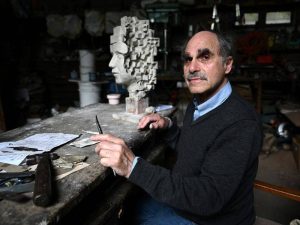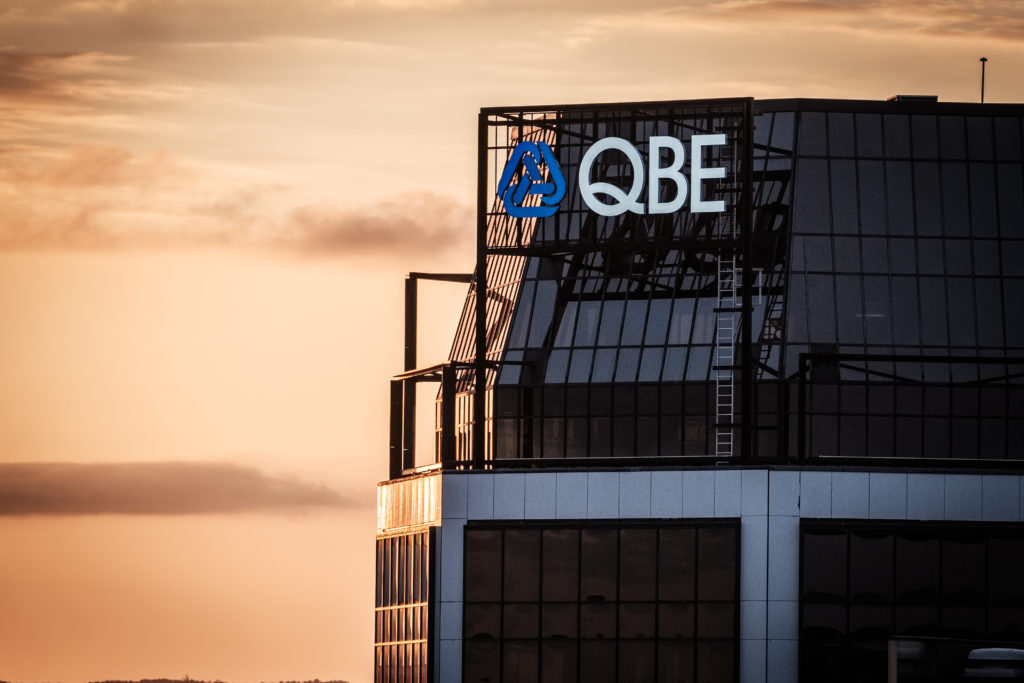Tsuktiben Jamir
QBE is a global insurer and reinsurer, headquartered in Sydney, Australia, with local operations in 27 countries. QBE has found itself in a cobweb of outcries from artists just recently, due to a revision in policy. The National Association for the Visual Arts has been providing thousands of Australian artists and curators with low-cost coverage through insurer QBE and broker Local Community Insurance Services for more than ten years. Recently, QBE made the decision to stop providing insurance for a variety of studio-based projects, and insurance for public art was also reduced.
This decision was obviously met with confusion and uncertainty from the thousands of artists who were dependent on the insurance. Approximately 6000 artists have been impacted by the changes, including 2826 association members and around 3000 members of five other state-based artist organisations that make use of the QBE policy. In turn, this led the national association to turn down nearly 50% of the insurance requests it had received from the artists.
Following the news of the change in policy, the Australian Associated Press (AAP) reached out to QBE, and the corporation has pulled back some of the most contentious carve-outs within 24 hours of AAP contacting QBE about the policy changes. QBE later stated that the issue had been fixed and that it had no more remarks to make.
However, Penelope Benton from the association said that the insurer was still tampering with the insurance that many artists relied on and that there were still other problematic carve-outs. Benton said, “Insurance is really critical to sustaining work and practices and without adequate insurance, many people just cannot undertake projects.” Benton also said that certain changes had been made without adequately informing the thousands of policyholders.
Curators and conservators were similarly affected by the removal of professional indemnity from the policy, although it took some time for arts institutions to learn about the carve-out. This adjustment has also been reversed by QBE, however it’s not clear what would happen to claims that were submitted during the time the coverage was suspended.

Courtesy: The Canberra Times.
One important issue is that if artists work on regular commercial projects like wedding photography or graphic design, they will lose their insurance. Commercial employment is essential for many artists since they make so little money, so even the updated policy may leave many of them uninsured, according to Benton. She said, “We still have a lot of unresolved issues. We haven’t seen the end of this story.”
For 54 years, Michael Meszaros has worked as a professional artist, creating scores of public sculptures around Australia. While the majority of his bronze sculptures are cast at foundries, he frequently uses an oxy torch and portagas flame to construct pieces out of copper, brass, and stainless steel in his Melbourne studio. He has around ten years of paid-up NAVA (The National Association for the Visual Arts) insurance and has never filed a claim. “From my point of view, it’s a very low level of risk for any insurer,” Meszaros told AAP.
Meszaros and other artists received the news that their insurance coverage for the use of flame-producing equipment had ended. This decision would have also affected blacksmiths, silversmiths, glass artists, jewellers, and woodworkers. Despite QBE’s reversal on this issue, premiums for artists who work with open flames and kilns will be higher. The uncertainty brought upon by the carve-outs was particularly problematic for emerging artists like Nadia Odlum. The Sydney artist depends on public art projects to support themselves., Nadia said, “Public art is my bread and butter. It’s one of the few ways to make money in the art game as well.” The artist has had artist insurance for six years and claims that professional indemnity is crucial for public art since local authorities, who frequently commission pieces, need it.





